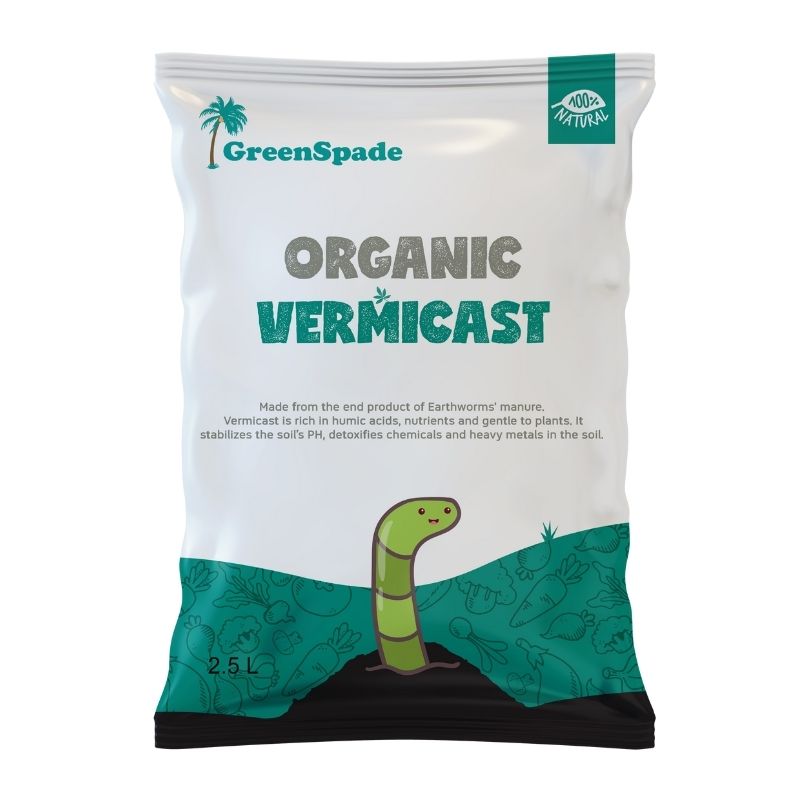As gardeners, we are eager to do everything we can to ensure our plants are healthy and thriving. One important aspect of plant care is giving them the proper nutrients they need. Although the addition of compost as well as other organic matter into your soil is vital for your plants’ wellbeing, fertilisers are also required to help your plants grow strong. In this article, we will discuss why and how to fertilise your plants so that you can get the most out of your gardening hobby.
Plant Nutrient Types
Most fertilisers contain these three essential nutrients: Nitrogen, Phosphorus, and Potassium (also known as N-P-K). In addition to these primary nutrients, there are also secondary nutrients and micronutrients that plants need to survive. These include Sulphur, Calcium, Magnesium, and Iron. While these nutrients are not required in large quantities, they are still important for plant health.
1. Nitrogen
Nitrogen is essential for fuelling a plant’s growth. This can be seen in the leaves of a plant as they will appear to be a deep green colour. If a plant is lacking nitrogen, the leaves will begin to turn yellow and will eventually fall off the plant.
2. Potassium
Potassium helps plants move water, nutrients, and carbohydrates around their cells. It also helps improve a plant’s resistance to disease. Potassium is often referred to as “the building block of plants” because it is so important for their growth and development.
3. Phosphorus
Phosphorus stimulates root growth and helps plants to grow strong. It also helps a plant to produce flowers and fruits. If you are looking to encourage more blooms on your plants, then using a phosphorus-rich fertiliser is a good idea.
When and How to Fertilise Your Plants
Knowing when and how to fertilise your plants is important as you don’t want to over or under do it. Over-fertilising can lead to leaf burn, while under-fertilising will stunt your plant’s growth.
1. Frequency
How often you need to fertilise your plants will depend on the type of plants you have and the type of soil you are using. If you are using a high-quality potting mix, then you may not need to fertilise as often as those who are using a less nutrient-rich soil. It is always best to check the instructions on your fertiliser packaging to see how often you should be using it.
2. Method
There are many ways that you can apply fertiliser to your plants. The most common method is to mix it into the soil around your plants. You can also use a watering can or hose-end applicator to apply the fertiliser directly to the leaves and roots of your plants.
3. Time of Day
The best time to fertilise your plants is in the morning or evening. This is because the cooler temperatures will help to prevent leaf burn. It is also important to water your plants before you apply the fertiliser so that the nutrients can be absorbed more easily.
Fertiliser Types
There are two main types of fertilisers: organic and synthetic. Organic fertilisers are made from natural products such as manure, compost, and bone meal. Synthetic fertilisers are made from chemicals and minerals. Both types of fertilisers have their own advantages and disadvantages.
Organic fertilisers are termed as slow-release fertilisers, which means they provide nutrients to your plants over a longer period. This is beneficial as it reduces the risk of leaf burn. Synthetic fertilisers are typically faster acting than organic fertilisers. This means that they can provide an immediate boost to your plants. However, synthetic fertilisers can be harmful to the environment if they are not used correctly.
More is Not Always Better
Fertilising your plants is a vital part of plant care. By giving them nutrients, you will help them grow strong and healthy. Be sure to follow the instructions on your fertiliser packaging and only apply it as often as needed. Over-fertilising can damage your plants, so it is important to be mindful of how much you are using. With a little bit of care and attention, your plants will thrive.

